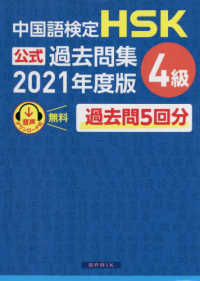Full Description
Managing a trauma center involves complex clinical care, long nights and days, administrative work, self-examination, critical review of patient care and significant regulatory requirements. Performance improvement is the key element of trauma center effectiveness. No trauma center provides flawless care, thus all centers have opportunities to improve. A competent performance improvement program is critical to trauma center outcomes.
This book provides key information on all aspects of trauma PI and program management. In some ways, PI is an art more than a science, so the more interaction program leaders have with strong PI programs, the more they can learn about how to improve their processes. The book outlines the generally accepted processes for identification of opportunities for improvement, which are the key component of performance improvement. This includes: rounding with care teams, contemporaneous chart review, audit filters, and voluntary submissions to the trauma program for review.
This book explains how to triage opportunities for improvement, analyze them, form corrective actions, and finally achieve loop closure. The book covers the roles of the personnel in the PI program, what is required to dissect the opportunity to determine action plans, how to document the entire process, and how to keep track of opportunities for improvement to ensure that your program is progressively improving care. The final sections of the book deal with specific opportunities for improvement, action plans, and loop closure through the use of case studies.
The book serves as a follow-up to Dr. Jeffrey Young's recently published book Trauma Centers, which serves as a quick guide to the key components of trauma center administration, management, and patient care.
Contents
What is PI? (and what it is not).- Philosophy of PI.- PI Techniques and Tools.- Program personnel and regulatory requirements.- Program setup.- Trauma registries and other data sources.- Event identification.- Levels of review.- Documentation of PI process and meeting minutes.- Loop closure.- Types of issues and general principles (refers to case examples).- Complex opportunities for improvement and difficult loop closure.- Inspection of PI process by reviewers.- Performance Improvement Case Studies.








